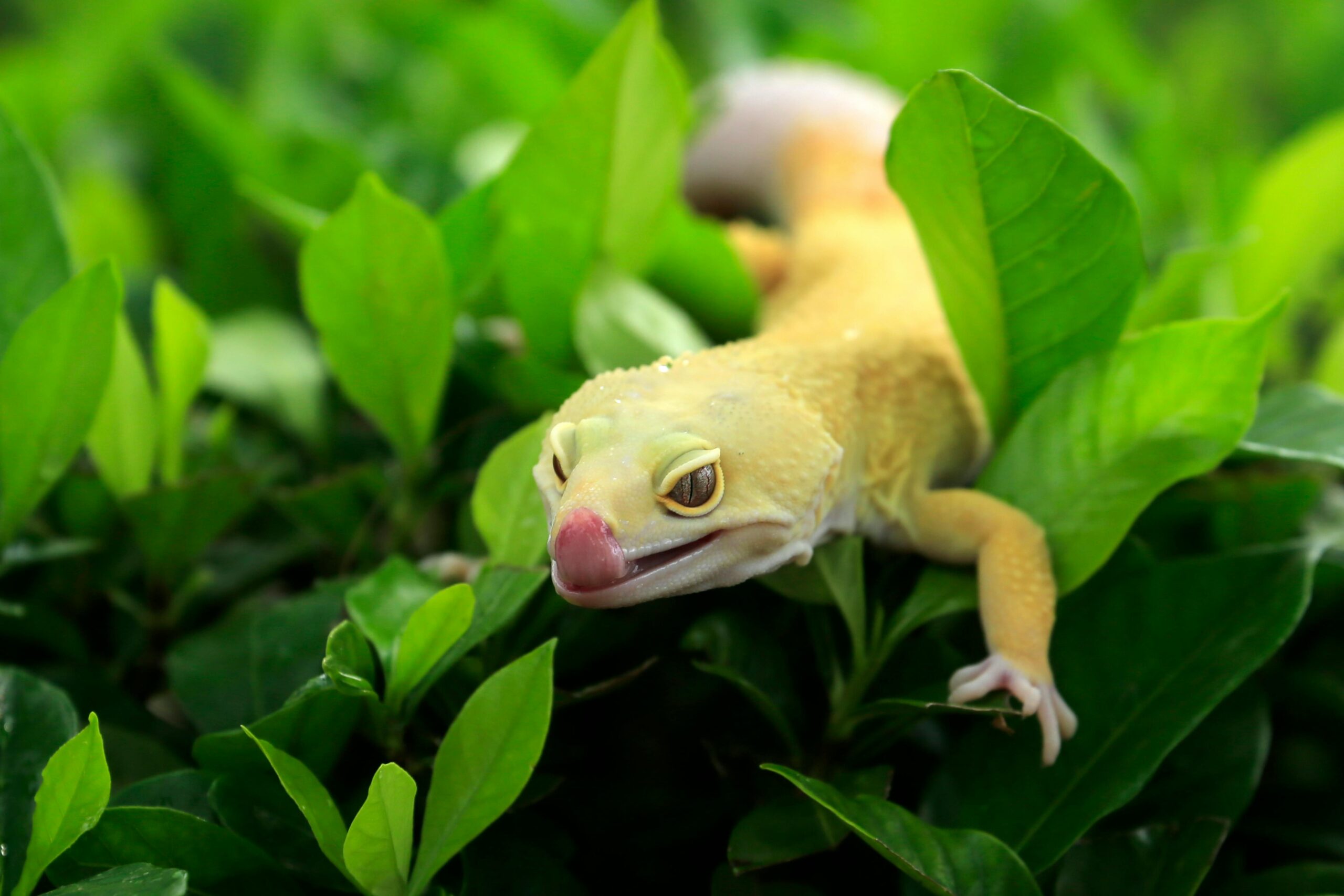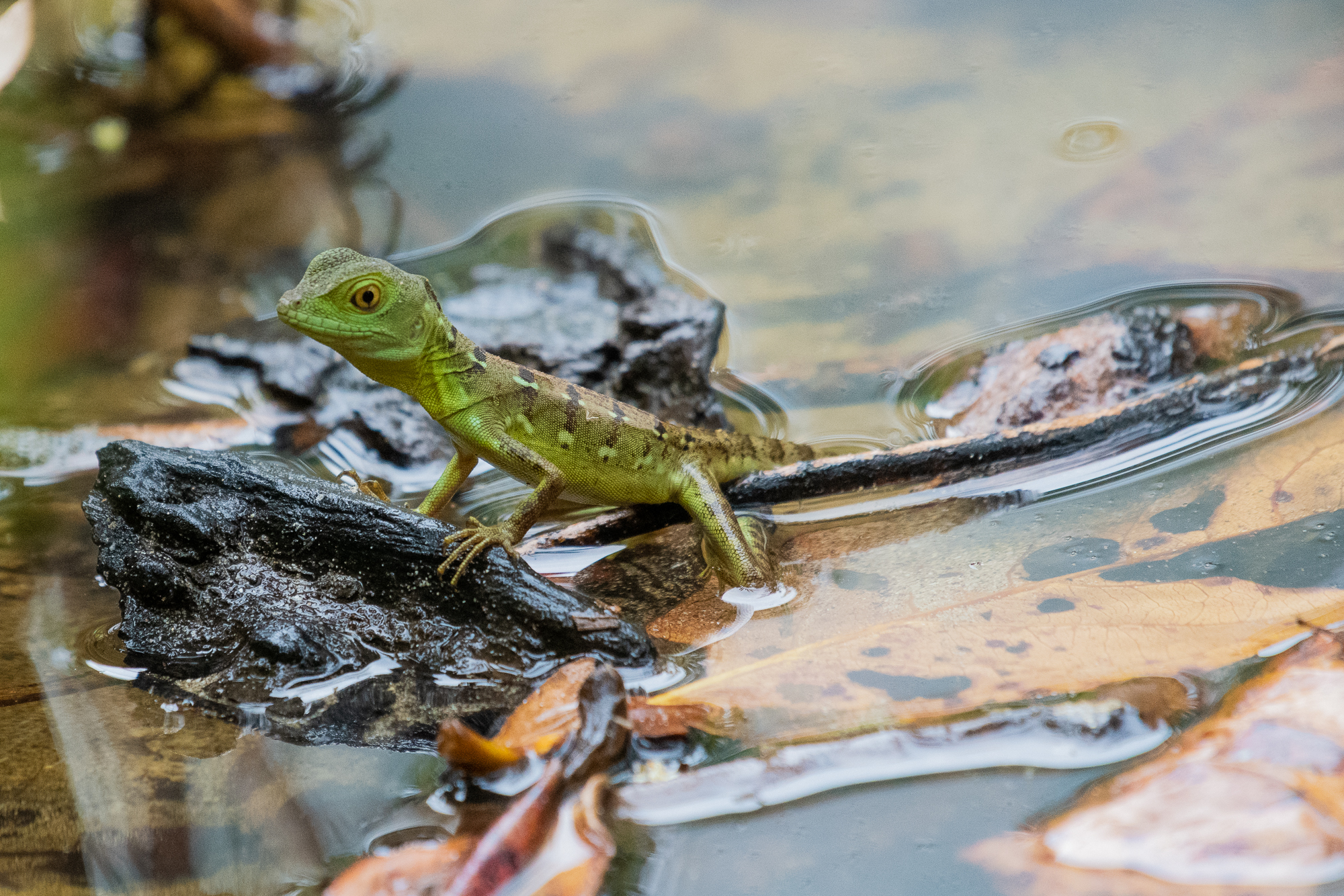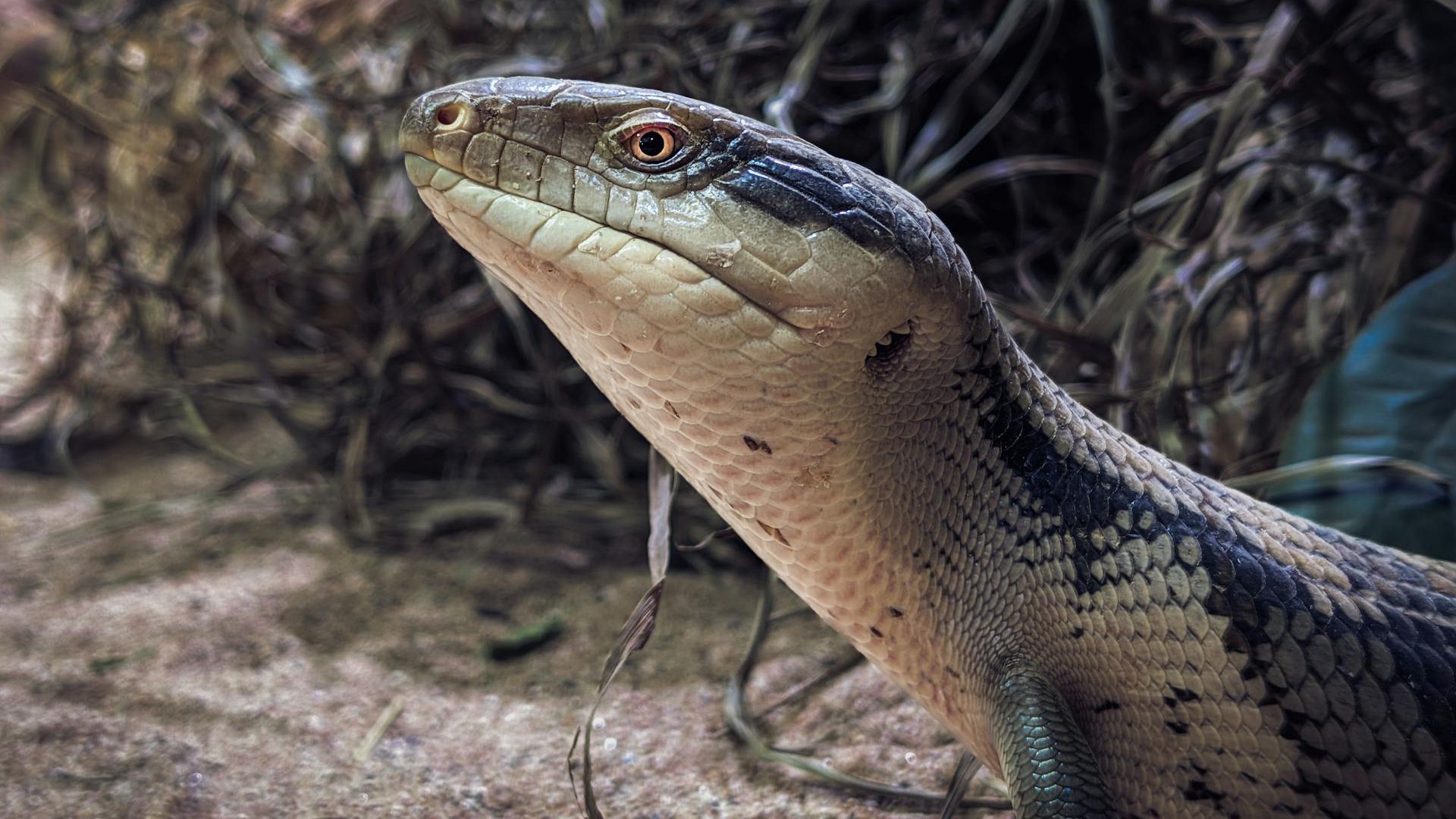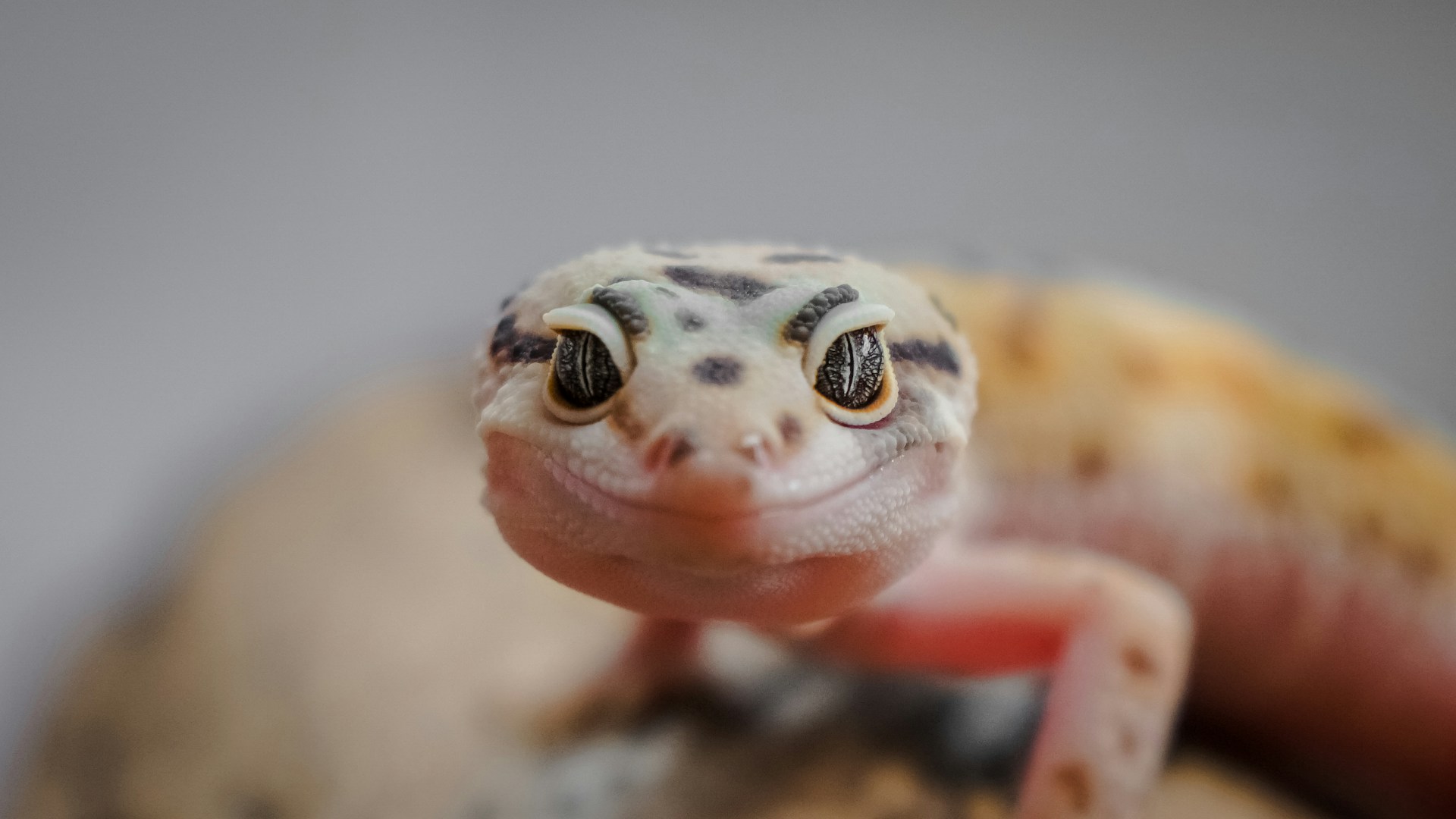Proper nutrition is the cornerstone of reptile health, yet overfeeding remains one of the most common and preventable issues facing captive lizards. Unlike mammals that might stop eating when full, many lizard species will continue consuming food as long as it’s available, potentially leading to obesity and a host of related health complications. Understanding your lizard’s specific dietary needs, recognizing the signs of overfeeding, and implementing appropriate feeding schedules can significantly impact your pet’s longevity and quality of life. This comprehensive guide explores the nuances of lizard nutrition, offering practical advice for maintaining optimal health through proper feeding practices.
Understanding Your Lizard’s Natural Dietary Habits
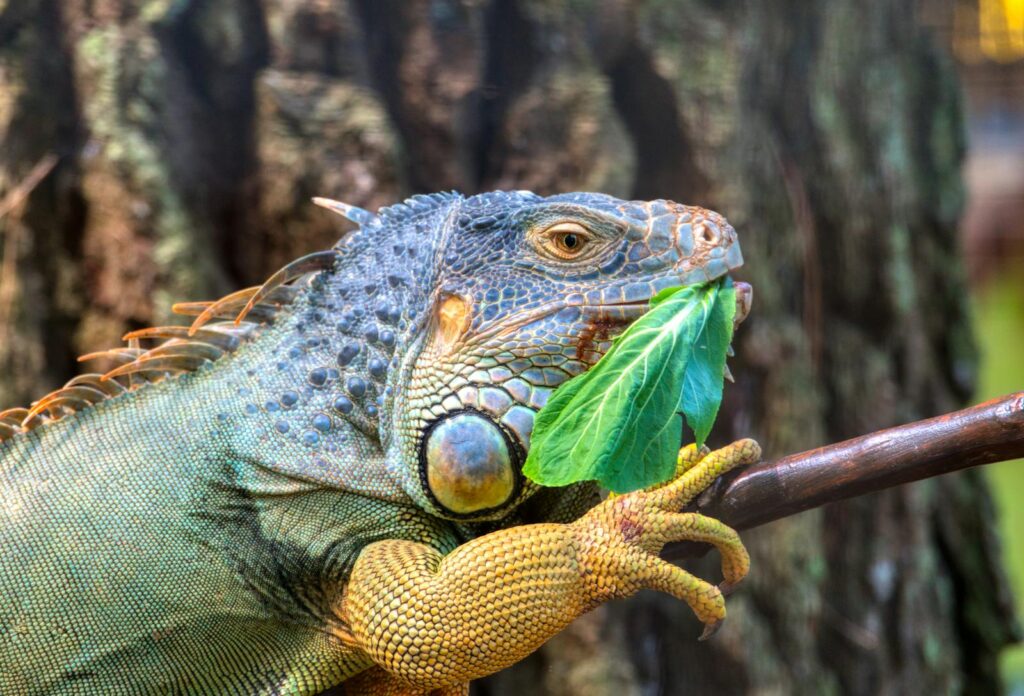
Before establishing a feeding regimen for your pet lizard, it’s essential to understand what your specific species would naturally consume in the wild. Lizards fall into three primary dietary categories: insectivores (insect-eaters), herbivores (plant-eaters), and omnivores (consuming both animal and plant matter). For instance, bearded dragons are omnivores requiring a balance of insects and vegetables, while green iguanas are strict herbivores needing a varied plant-based diet. Leopard geckos, conversely, are primarily insectivorous and require a diet composed mainly of appropriately-sized insects. Researching your particular species’ natural diet provides the foundation for proper captive nutrition and helps prevent both overfeeding and nutritional deficiencies that can arise from inappropriate food items.
Signs Your Lizard Is Overweight
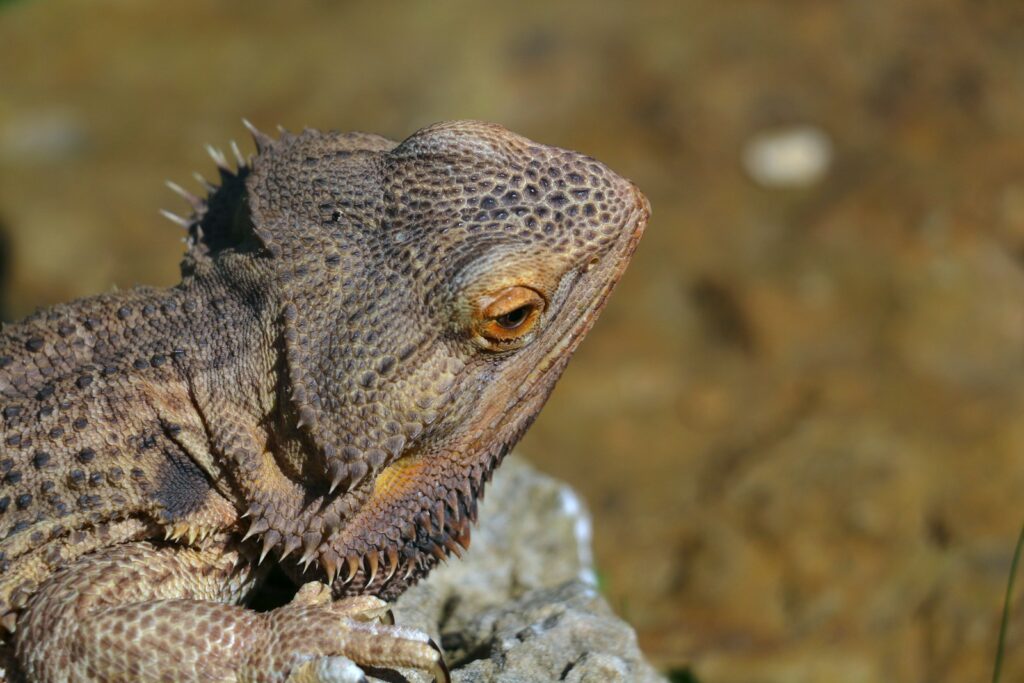
Detecting obesity in lizards requires careful observation as it may not be immediately obvious to the untrained eye. The most reliable indicator is excessive fat deposits, particularly around the tail base, limbs, and neck region. In a healthy lizard, the tail base should transition smoothly from the body without bulging fat pads on either side. Overweight lizards may also exhibit reduced mobility, difficulty climbing, or unusual gait patterns due to the extra weight they’re carrying. Some species, such as bearded dragons, may develop a sagging belly that drags when they walk. Regular weighing and photographing your lizard can help track subtle changes in body condition over time, allowing for early intervention before health complications arise.
Health Complications from Overfeeding
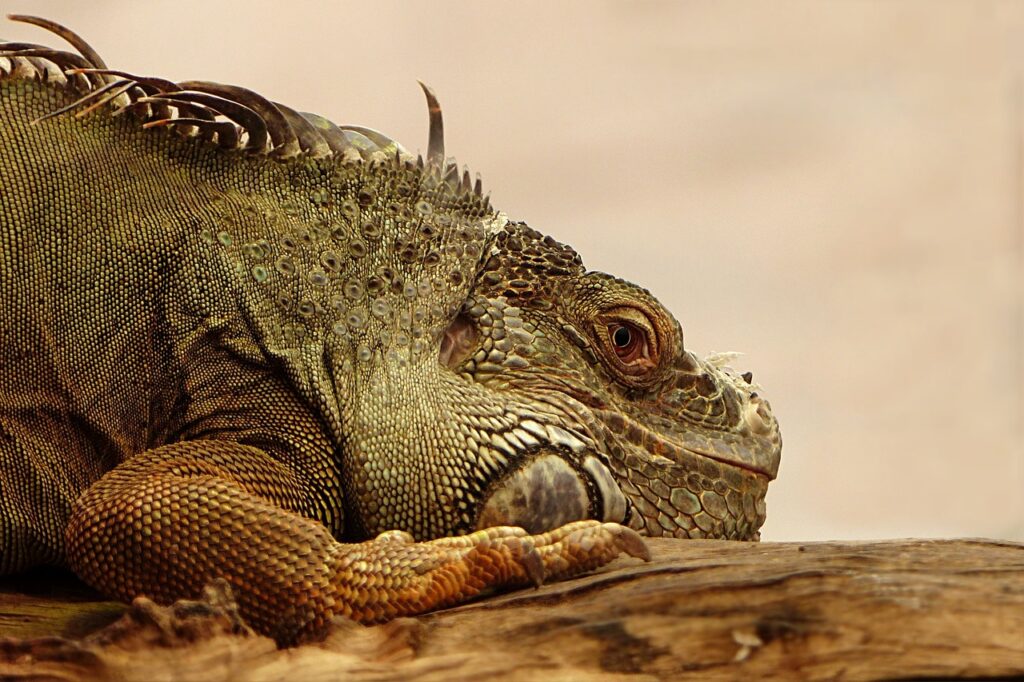
Overfed lizards face numerous serious health risks that can significantly reduce their lifespan and quality of life. Hepatic lipidosis, commonly known as fatty liver disease, occurs when excess fat accumulates in the liver, potentially leading to liver failure if left untreated. Obesity places additional strain on the cardiovascular system and can contribute to heart disease in reptiles. Joint problems and mobility issues are common in overweight lizards, particularly in arboreal species that need to climb. Perhaps most concerning is the connection between obesity and reproductive disorders, especially in female lizards who may develop egg-binding (dystocia) due to excess fat crowding the reproductive tract. Additionally, overweight lizards often show reduced immune function, making them more susceptible to infections and parasitic infestations.
Species-Specific Feeding Guidelines

Appropriate feeding frequencies and portion sizes vary dramatically between lizard species, making species-specific research crucial for proper care. Juvenile bearded dragons typically require daily feeding as they grow, while adults may thrive on a schedule of vegetables daily with insects only 2-3 times weekly. Leopard geckos and crested geckos generally do well with feeding every other day as adults, though juveniles benefit from daily meals to support growth. Larger species like monitors and tegus have slower metabolisms and may only need substantial meals twice weekly. Green iguanas and other herbivores should have fresh vegetables available daily, but in appropriate quantities to prevent overfeeding. Seasonal variations in appetite are normal for many species, with reduced food intake often occurring during winter months even in captivity as a natural response to changing light cycles.
The Importance of Portion Control

Determining appropriate portion sizes for lizards requires consideration of age, activity level, and metabolic rate. A general rule of thumb for insectivorous species is to offer prey items no larger than the width of the lizard’s head, and only as many as they can consume within a 10-15 minute period. For adult bearded dragons, this might mean 10-15 appropriately sized crickets or mealworms every other day, rather than unlimited access. Herbivorous lizards should receive vegetables chopped to manageable sizes, with portions approximately equal to the volume of the lizard’s head. Weighing food portions can provide more precise control – for example, adult crested geckos typically need only 2-3 grams of prepared diet per feeding. Adjustments should be made based on individual response, with portion sizes reduced if weight gain becomes apparent.
Feeding Frequency: Finding the Right Schedule
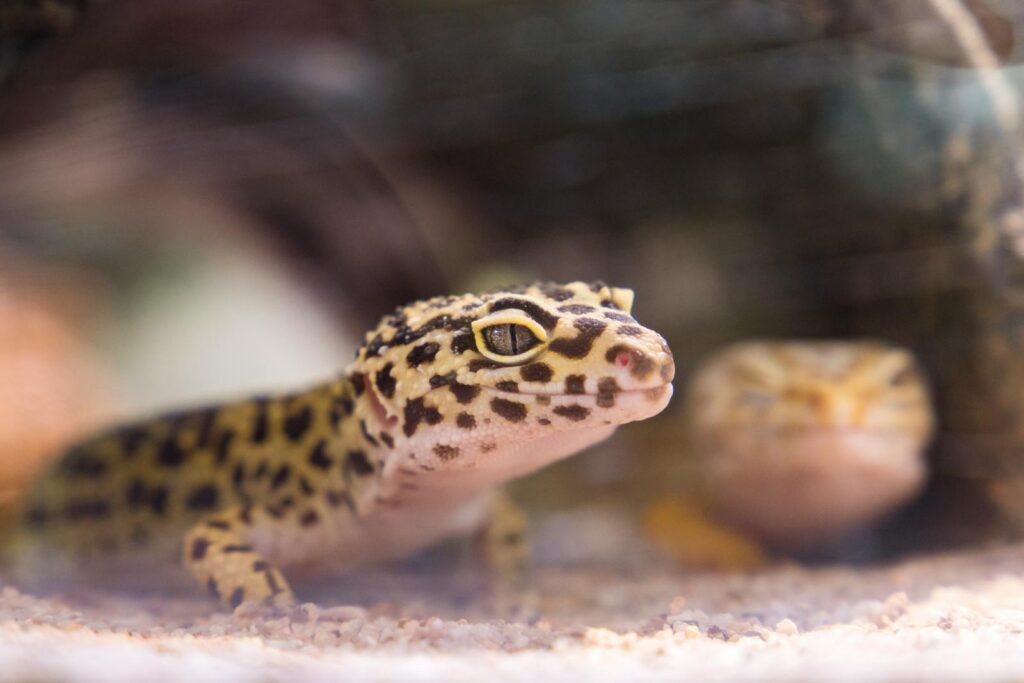
Establishing an appropriate feeding schedule is critical for preventing overfeeding while ensuring adequate nutrition. Juvenile lizards typically require more frequent feeding than adults due to their rapid growth rates. For example, baby bearded dragons may need feeding three times daily, while adults might thrive on just 4-5 feedings per week. Nocturnal species like leopard geckos and crested geckos should be fed in the evening when they’re naturally most active. Many desert-dwelling lizards have evolved to handle irregular feeding patterns and actually benefit from occasional fasting days, which better mimics their natural feast-and-famine cycles in the wild. Some keepers implement a “brumation period” during winter months when feeding frequency is deliberately reduced to match the lizard’s naturally lower metabolic rate during cooler seasons.
Quality vs. Quantity: Nutrient Density Matters
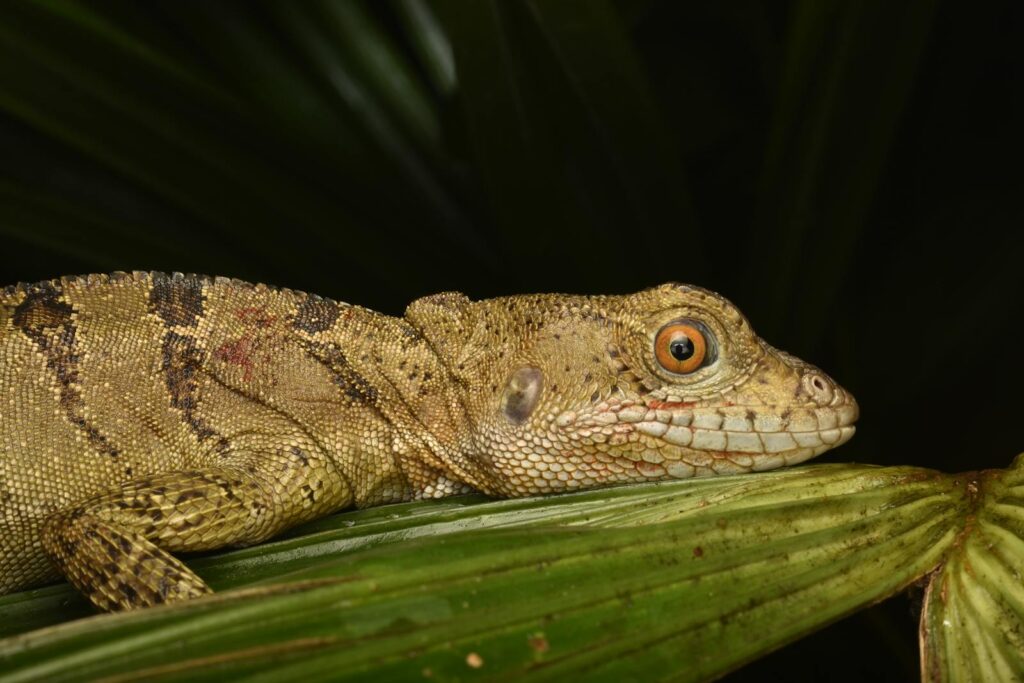
The nutritional content of food items is often more important than sheer quantity when feeding lizards. Offering nutrient-dense foods means lizards can maintain optimal health with smaller portions, reducing the risk of overfeeding. For insectivores, this means properly gut-loading feeder insects by providing them nutritious foods like high-calcium vegetables for 24-48 hours before feeding them to your lizard. Dusting feeder insects with appropriate calcium and vitamin supplements further enhances their nutritional value. For herbivorous species, dark leafy greens like collard greens, mustard greens, and dandelion greens offer superior nutrition compared to nutritionally poor options like iceberg lettuce. Variety is crucial for all lizard species, as different food items contain different nutrient profiles that work together to provide complete nutrition without excessive calories.
The Role of Environmental Enrichment
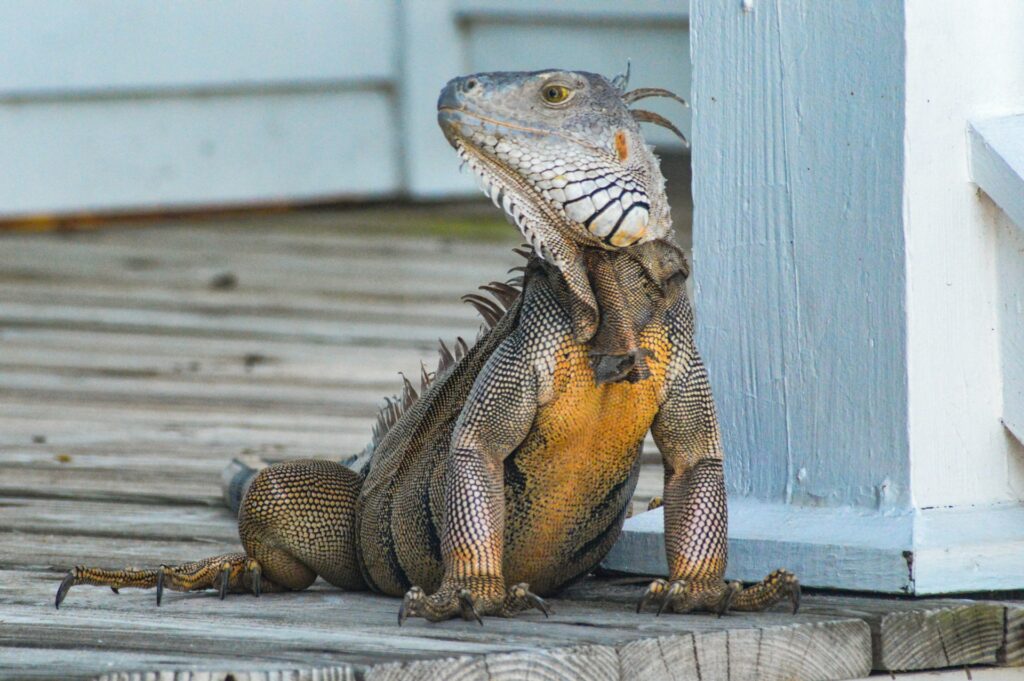
Appropriate enclosure setup and environmental enrichment play significant roles in preventing obesity in captive lizards. Providing ample space for movement and exercise is fundamental – many lizard species benefit from enclosures that offer both vertical and horizontal exploration opportunities. Climbing branches, rocks, and varying terrain encourage natural movement patterns that help maintain muscle tone and burn calories. Temperature gradients are equally important, as proper thermoregulation directly impacts metabolism and digestion. Without correct basking temperatures, lizards may be unable to properly process the food they consume, leading to digestive issues and potential overfeeding. Some keepers implement feeding enrichment strategies, such as puzzle feeders for insectivores or distributing food items throughout the enclosure to encourage foraging behaviors that more closely mimic natural feeding patterns.
Water Intake and Hydration Balance
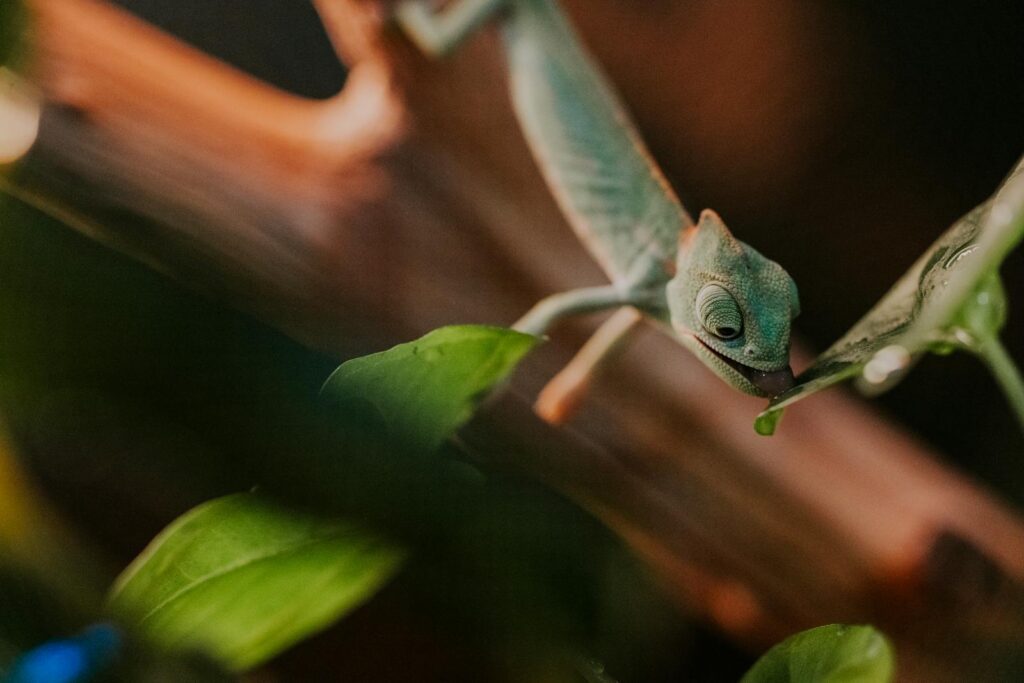
Proper hydration plays a crucial role in overall lizard health and can impact feeding behaviors. Dehydrated lizards may sometimes overeat as they attempt to extract moisture from food, particularly if they’re not receiving adequate drinking water or humidity. Conversely, overhydration can lead to issues like bloating that might be mistaken for obesity. Desert species like leopard geckos typically obtain much of their moisture from their prey, while tropical species like crested geckos may require daily misting to maintain proper hydration. Fresh, clean water should always be available for drinking, with container size appropriate to the species – some require shallow dishes to prevent drowning risks. Regular soaking opportunities can benefit many lizard species, particularly those prone to dehydration, while also providing gentle exercise that contributes to weight management.
Special Considerations for Juvenile Lizards
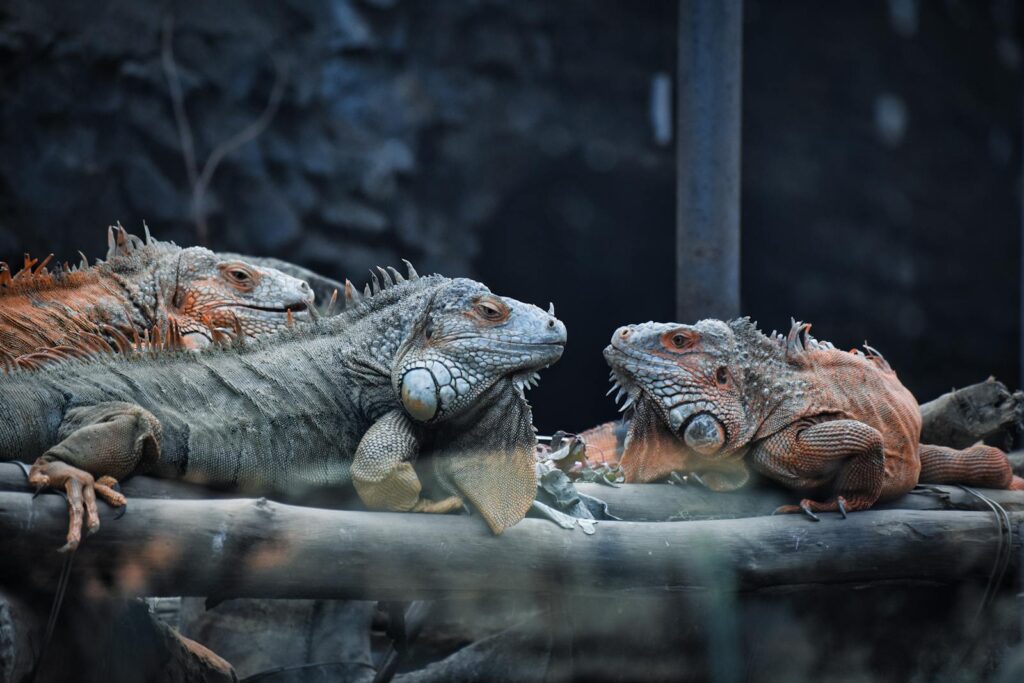
Growing lizards have substantially different nutritional requirements compared to adults, requiring careful balance between providing adequate nutrition for development without overfeeding. Juvenile lizards typically need proportionally more protein and calories to support rapid growth, with most species benefiting from daily feeding during early life stages. For example, baby bearded dragons may require a diet consisting of 80% insects and 20% plant matter, gradually transitioning to a more plant-heavy diet as they mature. Growth rates should be steady but not excessive – abnormally rapid growth from overfeeding can lead to developmental issues like metabolic bone disease if the skeletal system cannot keep pace. Regular weighing and measuring of young lizards helps ensure they’re growing appropriately without becoming overweight. The transition to adult feeding schedules should occur gradually, typically coinciding with sexual maturity and the slowing of growth rates.
Seasonal Adjustments to Feeding Patterns
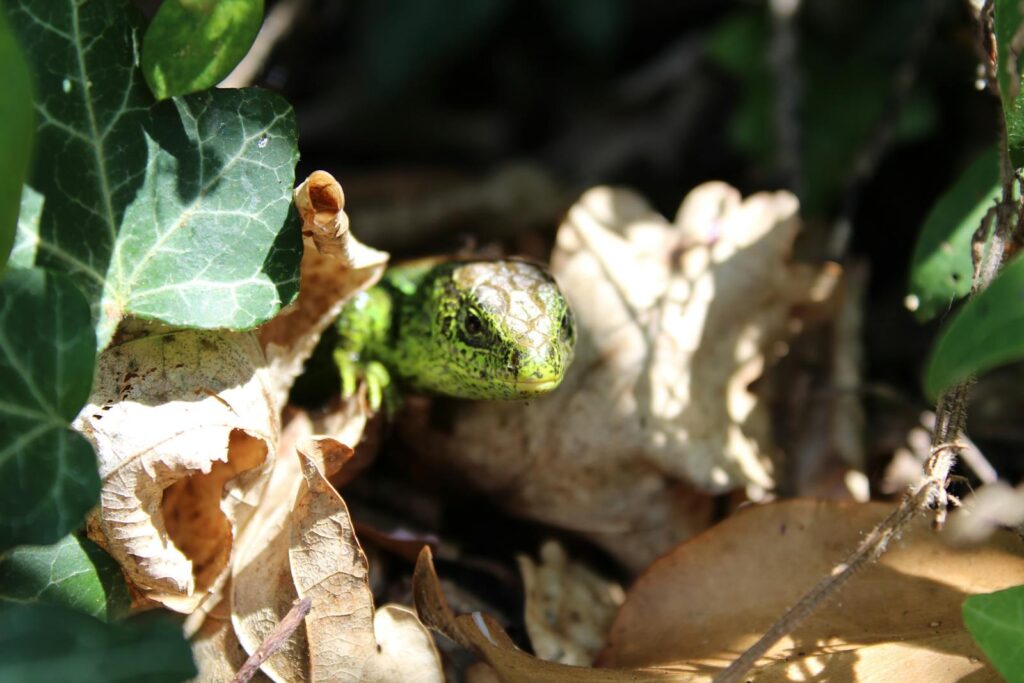
Many lizard species naturally experience seasonal changes in appetite and metabolism, which should be accommodated in captive care routines. During winter months, even captive lizards may enter a state of reduced activity called brumation, similar to hibernation but less profound. During this period, it’s normal and healthy for food consumption to decrease significantly, sometimes stopping entirely for several weeks. Forcing food during these natural cycles can lead to digestive complications and obesity. Conversely, breeding seasons often trigger increased appetite, particularly in female lizards who need additional calories for egg production. Some desert-dwelling species naturally experience feast-and-famine cycles in the wild, suggesting that occasional fasting periods may actually benefit their long-term health in captivity by allowing the digestive system to reset and preventing fat accumulation.
Weight Management for Already Overweight Lizards

Addressing obesity in lizards requires a gradual, methodical approach rather than sudden dietary restrictions. Abrupt fasting can stress the lizard’s system and potentially cause hepatic lipidosis as the body mobilizes fat stores too quickly. Instead, implement a gradual reduction in portion sizes while maintaining feeding frequency, perhaps offering 70-80% of the lizard’s usual portion initially and slowly decreasing from there. Increasing exercise opportunities through larger enclosures, more climbing structures, and supervised exploration time outside the enclosure can help burn excess calories. For herbivorous species, increasing fiber content while reducing fruits and high-calorie vegetables can create satiety with fewer calories. Regular weight monitoring using a digital scale is essential to track progress, with a healthy weight loss target being no more than 1-2% of body weight per week to avoid metabolic complications.
Working with Veterinary Professionals
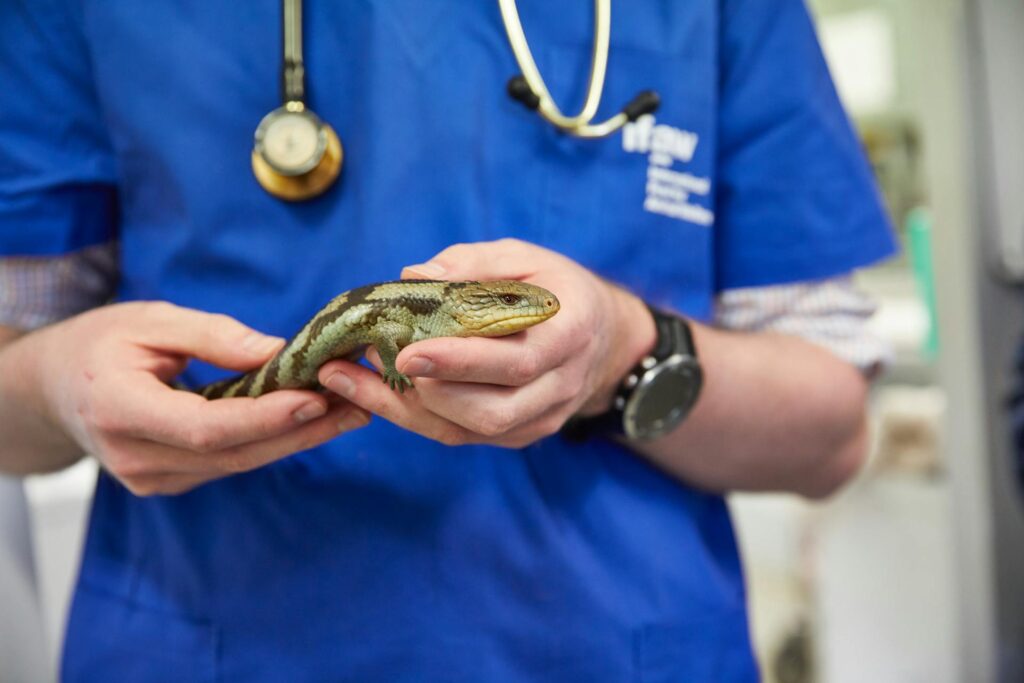
Regular veterinary check-ups are invaluable for monitoring your lizard’s weight and overall health status, with reptile-experienced veterinarians being able to provide objective assessment of body condition. Annual examinations should include weighing and body condition scoring to track changes over time, with veterinarians often maintaining detailed records that help identify concerning trends. For lizards already experiencing obesity-related health issues, veterinary intervention may include diagnostic testing like blood work and ultrasound to assess organ function. Particularly in cases of severe obesity, veterinarian-supervised weight loss programs may be necessary to ensure the process occurs safely without triggering secondary complications. Veterinarians can also help determine whether underlying health conditions might be contributing to weight issues, such as thyroid dysfunction, parasitic infections, or reproductive disorders that may require specific treatment alongside dietary management.
Conclusion: Balanced Nutrition for Optimal Health
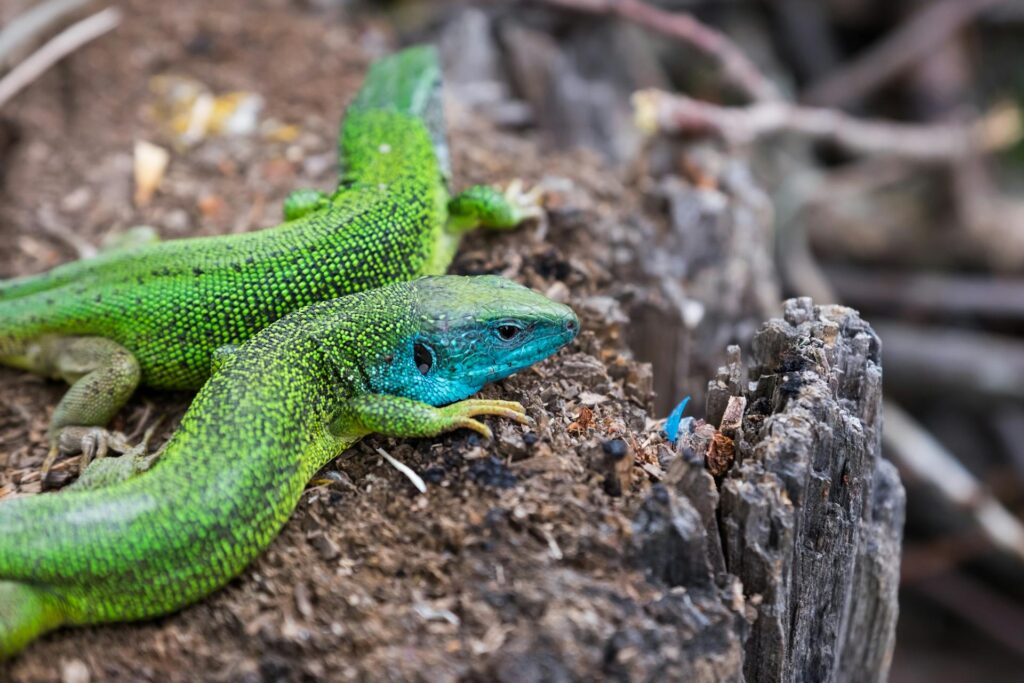
Providing proper nutrition for captive lizards requires thoughtful balance between meeting their nutritional needs and avoiding overfeeding. By understanding your specific species’ dietary requirements, implementing appropriate feeding schedules, and regularly monitoring body condition, you can help ensure your lizard maintains optimal health throughout its life. Remember that diet should evolve with age, seasonal changes, and individual needs, making ongoing education and observation essential aspects of responsible lizard keeping. When in doubt, consulting with reptile-experienced veterinarians and connecting with knowledgeable keepers through reputable herpetoculture communities can provide valuable guidance tailored to your particular situation. With proper attention to nutrition, your lizard can thrive for its full natural lifespan, avoiding the preventable health complications associated with obesity and nutritional imbalances.

